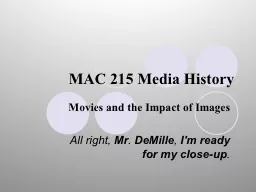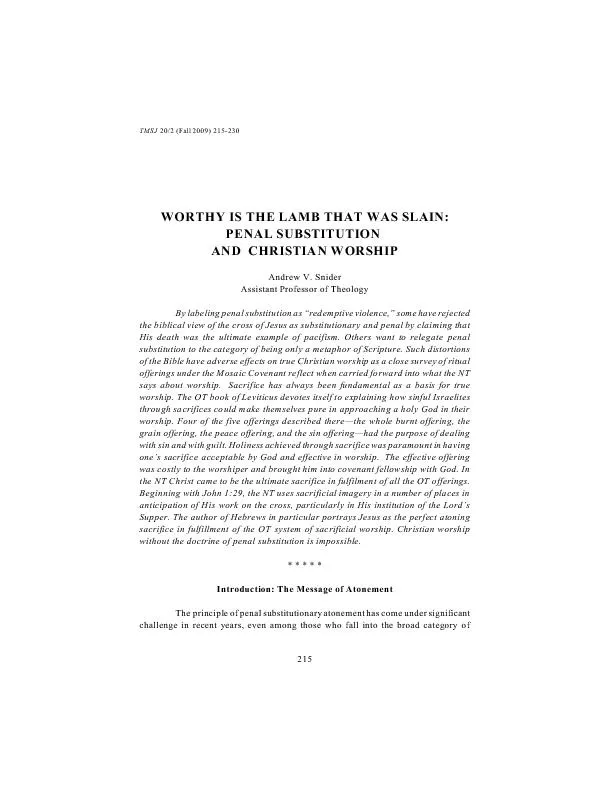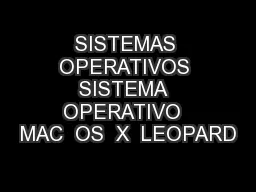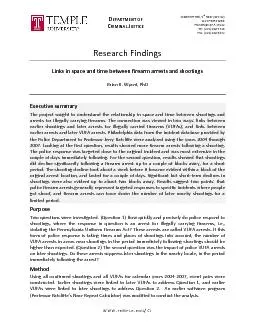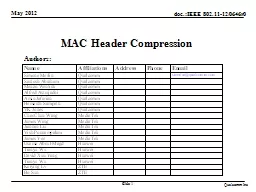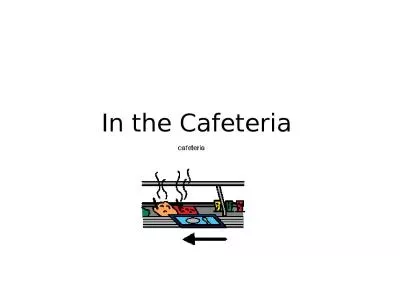PPT-MAC 215 Media History
Author : natalia-silvester | Published Date : 2017-06-01
Movies and the Impact of Images All right Mr DeMille Im ready for my closeup Discussion Consensus Narratives Discuss a recent film youve viewed in the context
Presentation Embed Code
Download Presentation
Download Presentation The PPT/PDF document "MAC 215 Media History" is the property of its rightful owner. Permission is granted to download and print the materials on this website for personal, non-commercial use only, and to display it on your personal computer provided you do not modify the materials and that you retain all copyright notices contained in the materials. By downloading content from our website, you accept the terms of this agreement.
MAC 215 Media History: Transcript
Download Rules Of Document
"MAC 215 Media History"The content belongs to its owner. You may download and print it for personal use, without modification, and keep all copyright notices. By downloading, you agree to these terms.
Related Documents

